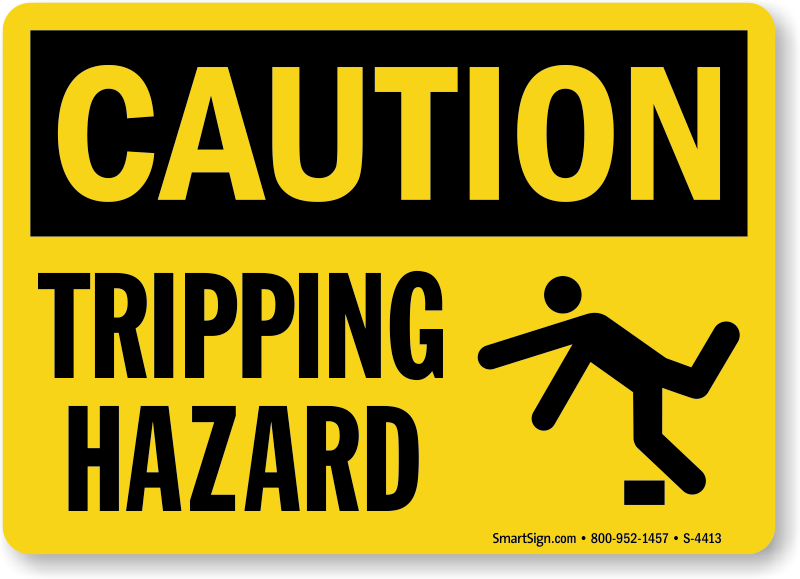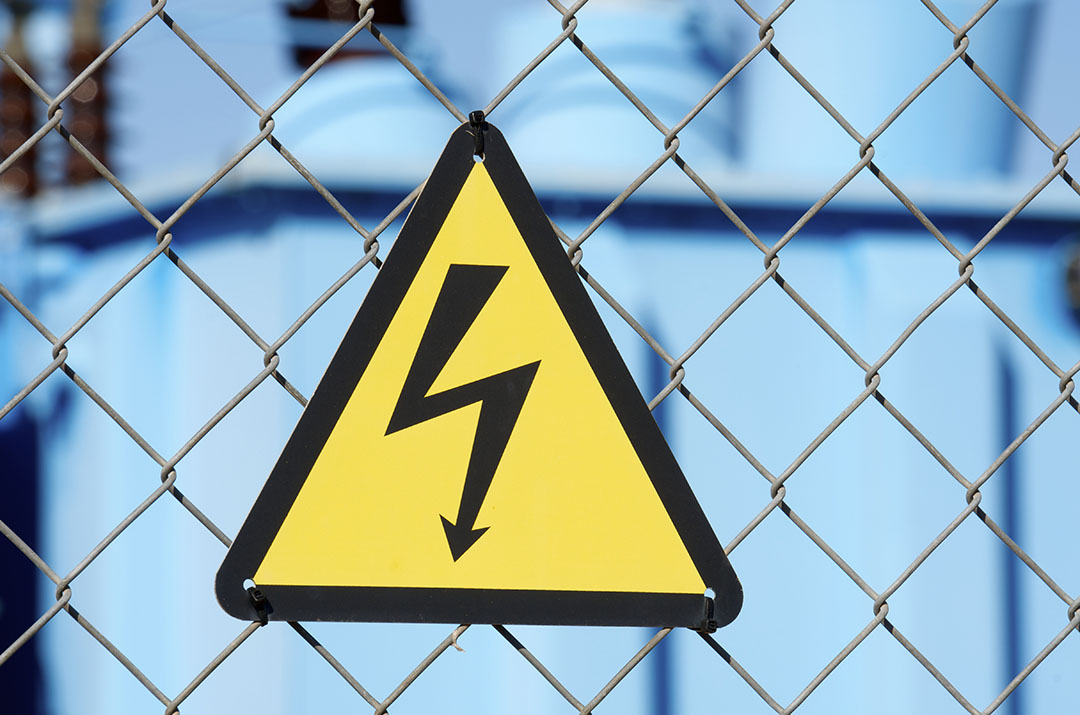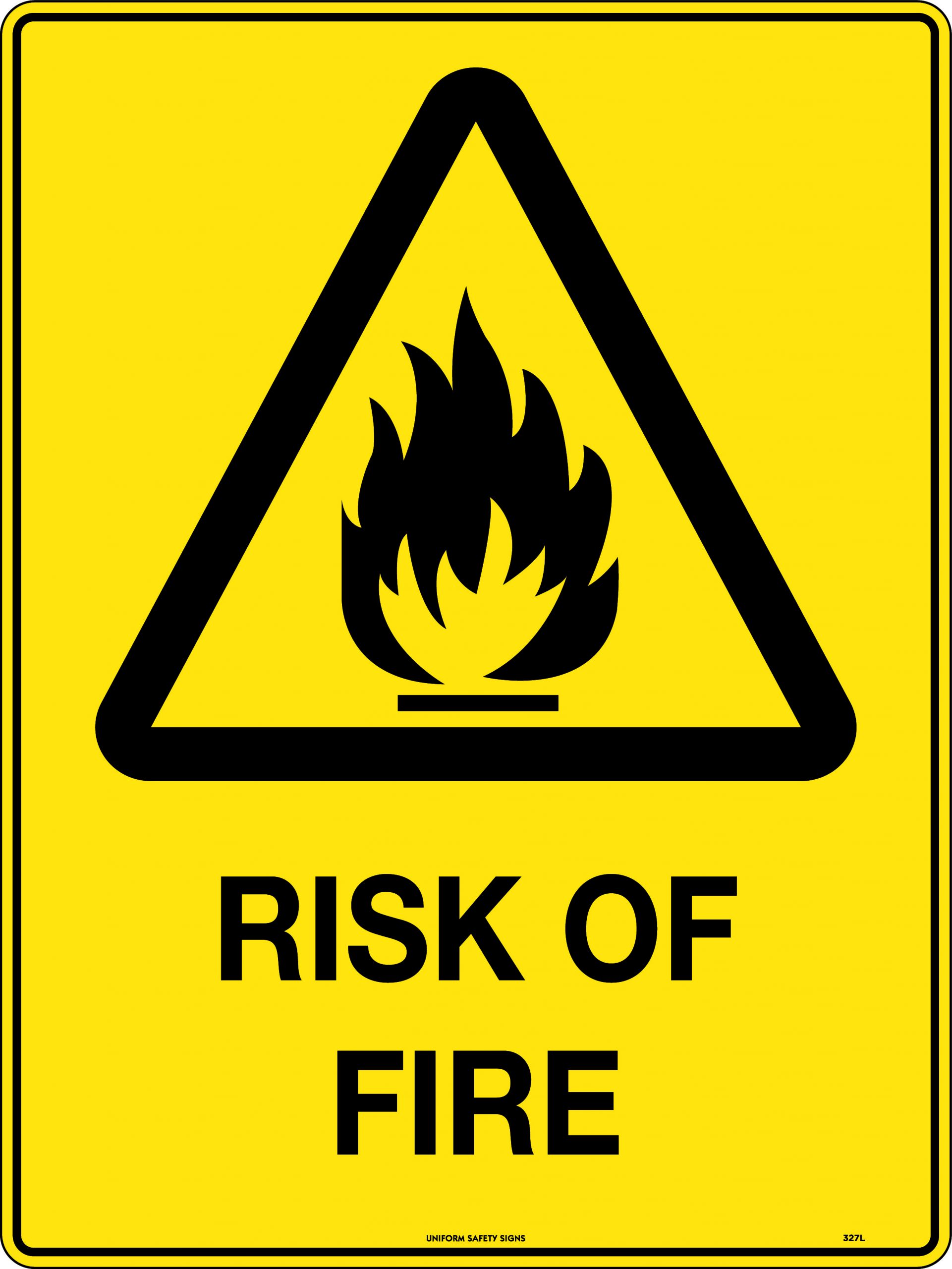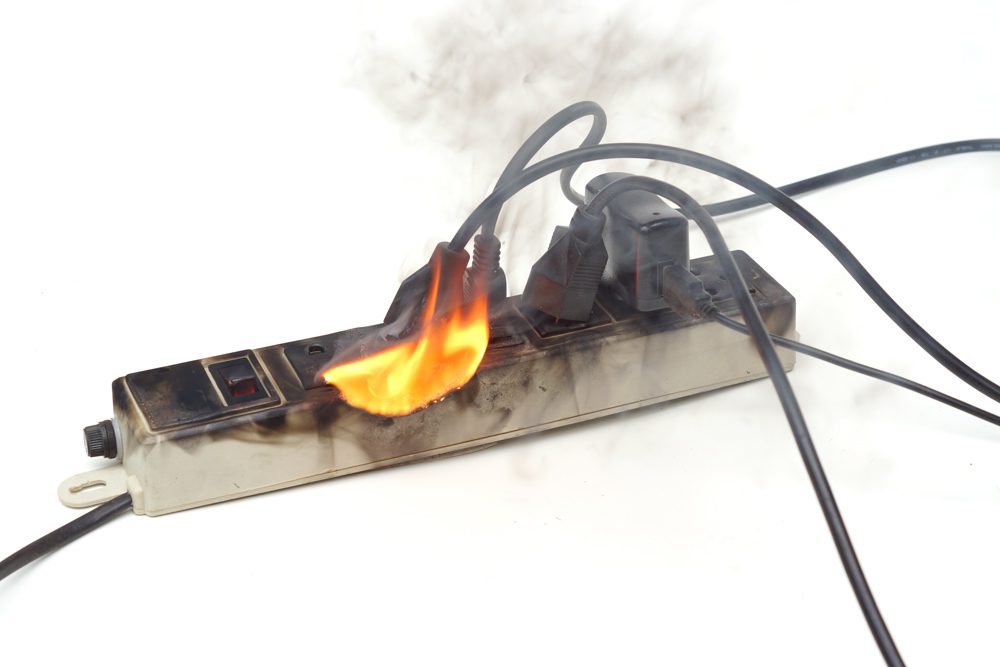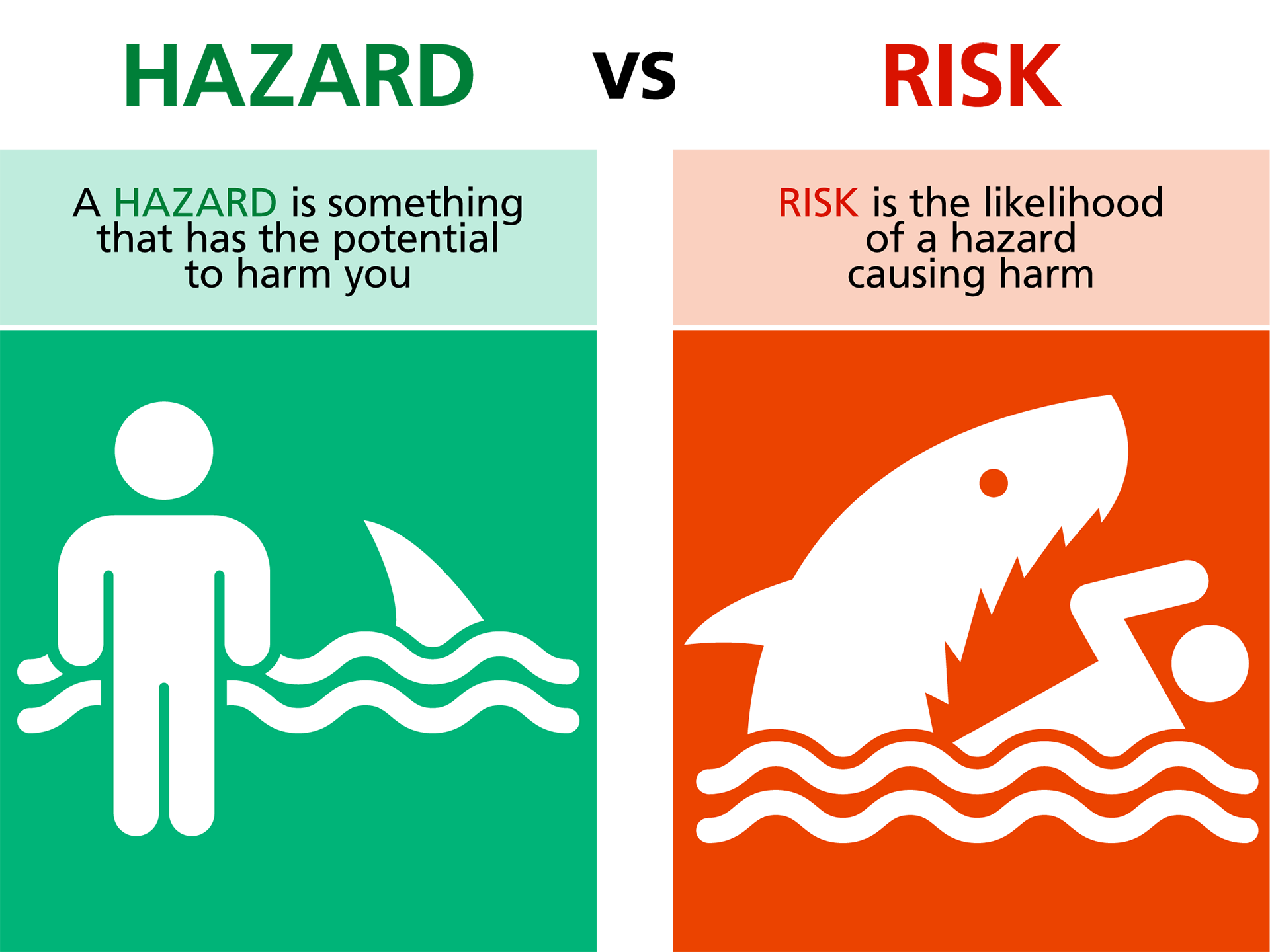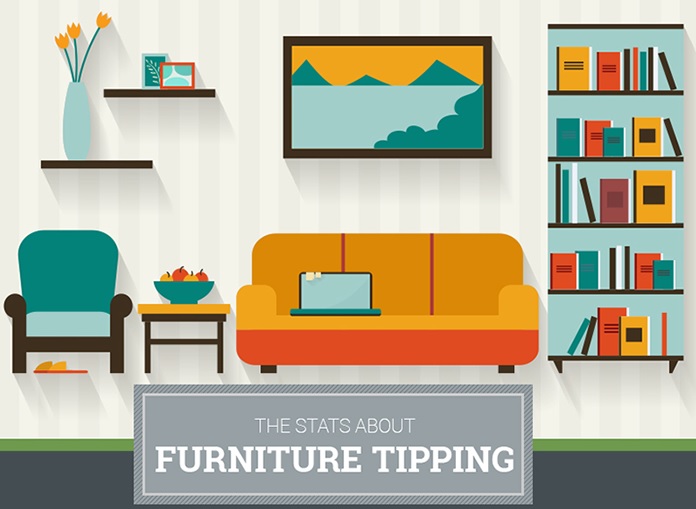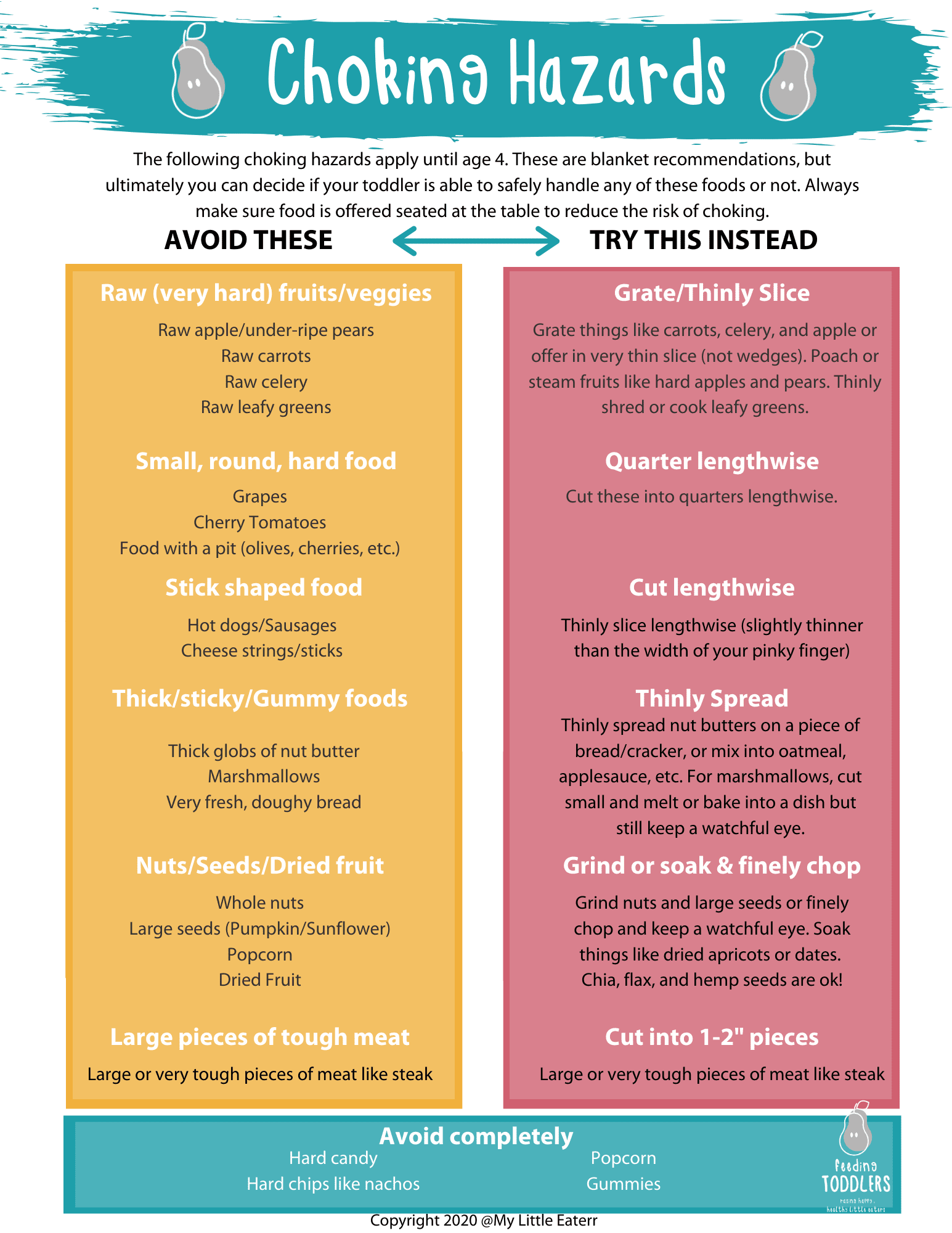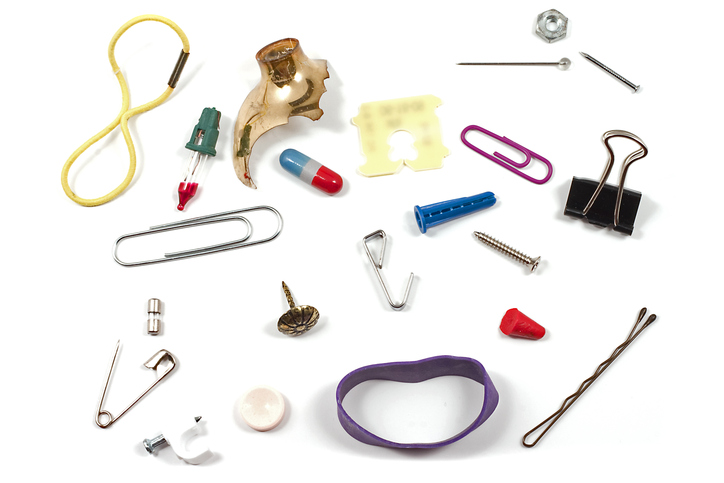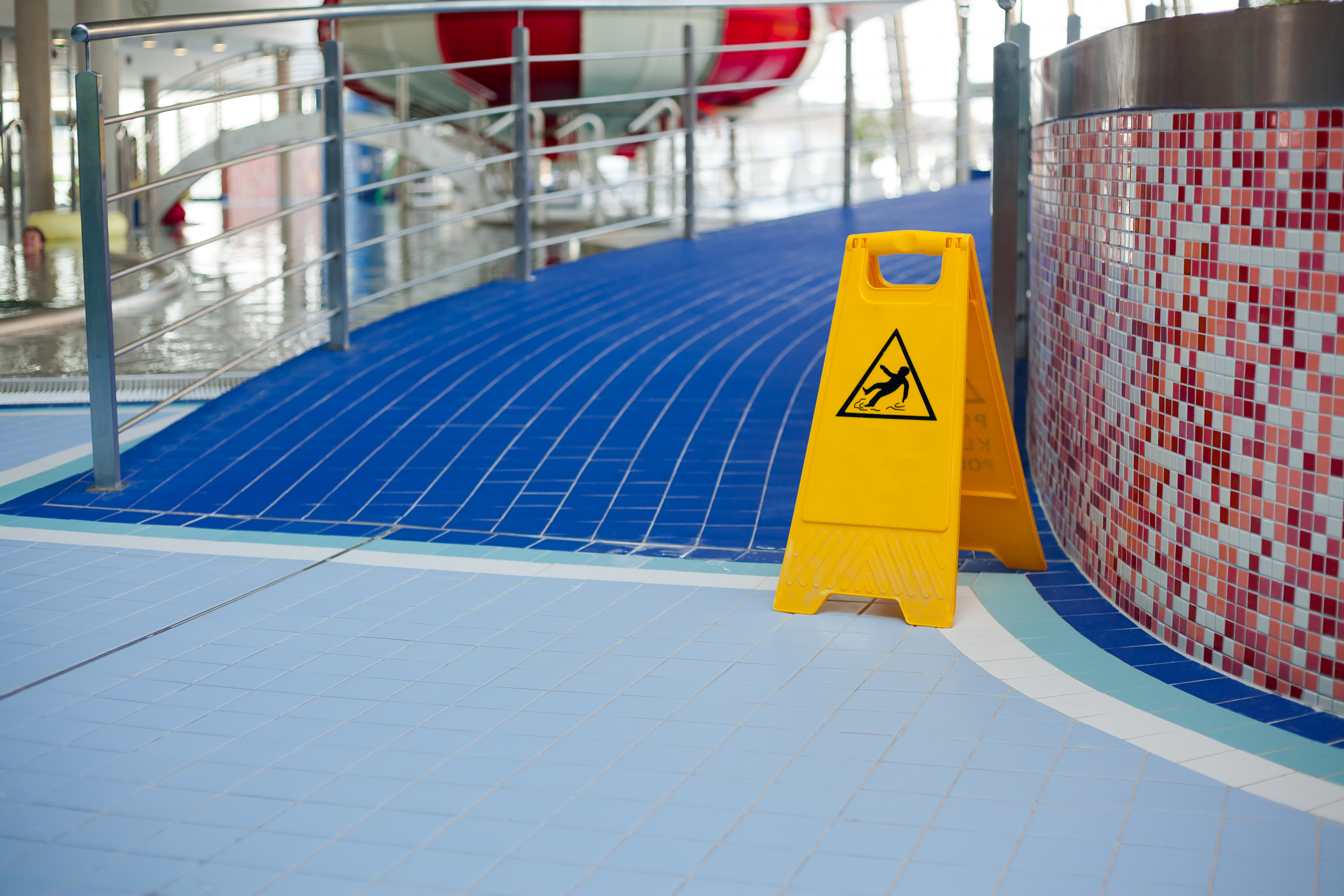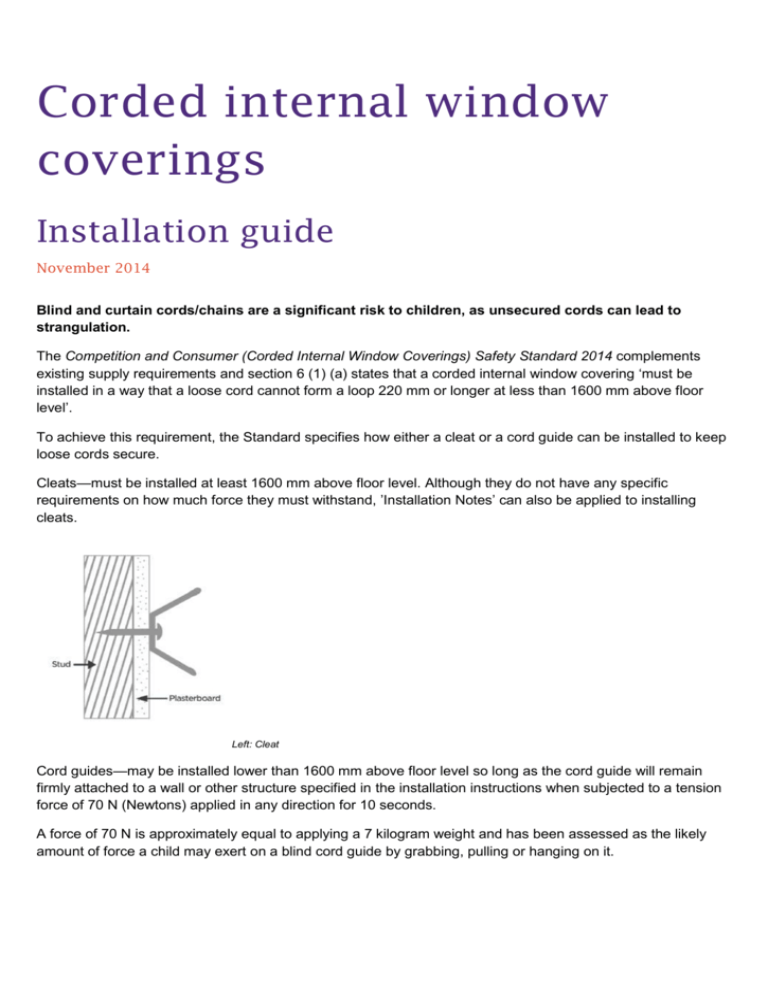One of the most common hazards in a living room is the risk of tripping. This can be caused by loose rugs, cluttered floors, or even poorly placed furniture. It's important to keep walkways clear and make sure all rugs are securely fastened to the floor. Tripping hazards can lead to falls, which can result in serious injuries, especially for young children or older adults.Tripping Hazards
In today's modern world, almost every household has multiple electronic devices and appliances. While they make our lives easier, they also pose a risk of electrical hazards. Overloaded outlets, damaged cords, and faulty wiring can all lead to electrical fires. It's crucial to regularly check and maintain electrical equipment to prevent any potential hazards.Electrical Hazards
The living room is often a place where people gather and relax, which means there's a higher chance of accidental fires. Fire hazards can include unattended candles, overloaded power strips, and even smoking indoors. Make sure to have working smoke detectors and a fire extinguisher easily accessible in case of emergency.Fire Hazards
Many household items, such as cleaning products, medications, and even plants, can be toxic if ingested. It's important to keep these items out of reach and properly labeled. Poisoning hazards can also come from ingesting small objects that can be found in a living room, such as batteries or small toys.Poisoning Hazards
There are often many sharp objects in a living room, such as scissors, knives, or even glass decor. These items should be properly stored and out of reach of children. Sharp objects can cause serious injuries if mishandled or accidentally dropped.Sharp Objects
Large and heavy furniture, such as bookshelves or TV stands, can easily tip over if not properly secured to the wall. This can be especially dangerous for young children who may try to climb on furniture. Furniture tipping can cause serious injuries or even death, so it's important to anchor all furniture to the wall.Furniture Tipping
Small objects, such as coins, small toys, or even food, can pose a choking hazard, especially for young children. Keep these items out of reach and regularly check for any small items that may have fallen on the floor. Choking hazards can be life-threatening, so it's essential to be vigilant in a living room where small objects may be present.Choking Hazards
Slippery floors can be a hazard, especially in areas where spills may occur, such as near a coffee table or by the kitchen. Make sure to clean up any spills immediately and use rugs with non-slip backing to prevent slippery floors. This is especially important for households with young children or older adults who may have difficulty with balance.Slippery Floors
In a living room filled with electronic devices, it's easy for cords to become tangled and hazardous. Make sure to keep cords organized and secured to prevent unsecured cords from becoming tripping hazards or potential electrical hazards.Unsecured Cords
Large and heavy objects, such as a TV or a piece of furniture, can cause serious injuries if they fall or are mishandled. It's important to properly secure these items and make sure they are not placed in areas where they can easily be knocked over. Heavy objects can cause significant damage and harm if not handled carefully.Heavy Objects
Hazards in the Living Room: Protecting Your Home and Your Family
 Living rooms are often considered the heart of a home, where families gather to relax, watch TV, and spend quality time together. However, this cozy and inviting space can also be filled with hidden hazards that can pose a danger to your loved ones. As a homeowner, it is important to be aware of these hazards and take necessary precautions to ensure the safety of your home and your family.
Living rooms are often considered the heart of a home, where families gather to relax, watch TV, and spend quality time together. However, this cozy and inviting space can also be filled with hidden hazards that can pose a danger to your loved ones. As a homeowner, it is important to be aware of these hazards and take necessary precautions to ensure the safety of your home and your family.
The Dangers of Furniture and Decorations
 While furniture and decorations may enhance the aesthetic of your living room, they can also be potential hazards. Heavy pieces of furniture, such as bookshelves and cabinets, can easily tip over and cause serious injuries, especially to young children. Make sure to secure these items to the wall and avoid placing them in areas where they can easily be bumped into.
Additionally, decorations such as candles, vases, and picture frames can also be hazardous if not placed properly. Candles should always be placed on a stable surface and never left unattended. Vases and picture frames should be kept out of reach of children to prevent them from getting knocked over and causing injuries.
While furniture and decorations may enhance the aesthetic of your living room, they can also be potential hazards. Heavy pieces of furniture, such as bookshelves and cabinets, can easily tip over and cause serious injuries, especially to young children. Make sure to secure these items to the wall and avoid placing them in areas where they can easily be bumped into.
Additionally, decorations such as candles, vases, and picture frames can also be hazardous if not placed properly. Candles should always be placed on a stable surface and never left unattended. Vases and picture frames should be kept out of reach of children to prevent them from getting knocked over and causing injuries.
Electrical and Fire Hazards
 The living room is usually filled with electrical appliances, from TVs and gaming consoles to lamps and chargers. These electronic devices can pose a fire hazard if not used and maintained properly. Make sure to regularly check for frayed cords and replace them when necessary. Avoid overloading outlets and use surge protectors to prevent electrical fires.
In addition to electrical hazards, fire hazards can also be present in the living room. Keep flammable materials such as curtains and rugs away from heaters or fireplaces. Always use a screen or glass cover when using a fireplace and never leave it unattended.
The living room is usually filled with electrical appliances, from TVs and gaming consoles to lamps and chargers. These electronic devices can pose a fire hazard if not used and maintained properly. Make sure to regularly check for frayed cords and replace them when necessary. Avoid overloading outlets and use surge protectors to prevent electrical fires.
In addition to electrical hazards, fire hazards can also be present in the living room. Keep flammable materials such as curtains and rugs away from heaters or fireplaces. Always use a screen or glass cover when using a fireplace and never leave it unattended.
The Importance of Proper Storage
 Clutter in the living room not only creates a chaotic and uninviting space, but it can also be dangerous. Loose items on the floor can be tripping hazards, while cluttered surfaces can make it difficult to quickly escape in case of an emergency. Make sure to have proper storage solutions in place to keep your living room organized and safe.
Clutter in the living room not only creates a chaotic and uninviting space, but it can also be dangerous. Loose items on the floor can be tripping hazards, while cluttered surfaces can make it difficult to quickly escape in case of an emergency. Make sure to have proper storage solutions in place to keep your living room organized and safe.
Regular Maintenance and Inspections
 Regularly inspecting your living room for potential hazards is crucial in keeping your home and family safe. Check for loose floorboards, cracks in walls, and any signs of water damage. It is also important to have your heating and cooling systems serviced regularly to prevent malfunctions that can lead to fire hazards.
In conclusion, the living room should be a place of comfort and relaxation, but it is important to be aware of the potential hazards that may lurk in this space. By taking necessary precautions and regularly maintaining your living room, you can ensure the safety of your home and your family. Remember to always prioritize safety and be proactive in creating a hazard-free living room.
Regularly inspecting your living room for potential hazards is crucial in keeping your home and family safe. Check for loose floorboards, cracks in walls, and any signs of water damage. It is also important to have your heating and cooling systems serviced regularly to prevent malfunctions that can lead to fire hazards.
In conclusion, the living room should be a place of comfort and relaxation, but it is important to be aware of the potential hazards that may lurk in this space. By taking necessary precautions and regularly maintaining your living room, you can ensure the safety of your home and your family. Remember to always prioritize safety and be proactive in creating a hazard-free living room.




